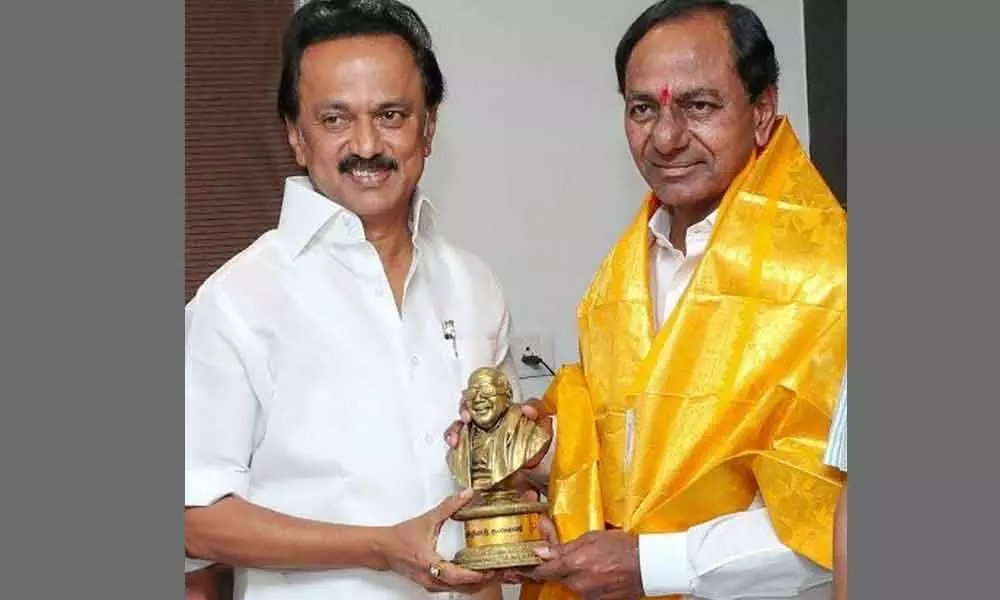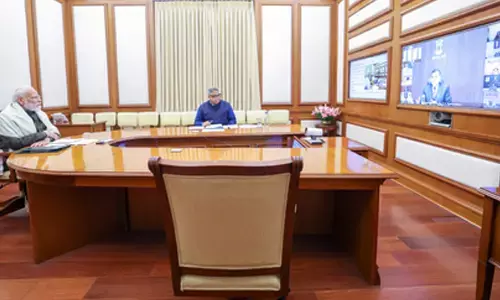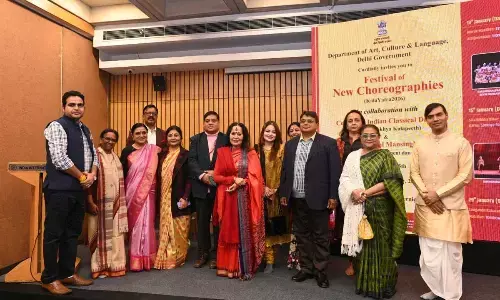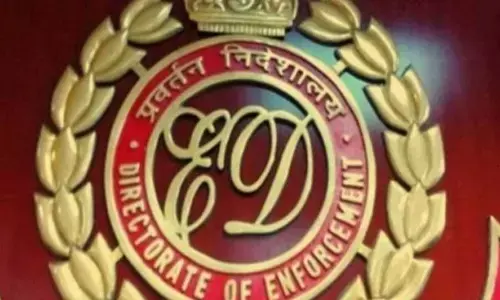Inviting Stalin to inaugurate Yadadri

Chief Minister KCR chose to invite Stalin
It is unfortunate that our Chief Minister chose to invite Stalin to the reopening ceremony of Yadadri. Stalin is a known atheist and his party has a background of not only strict atheism but a definite antipathy to the Hindu traditions which it ‘others’, wrongly and unfortunately, through the prism of a strict Dravidian ideology.
It is unfortunate that our Chief Minister chose to invite Stalin to the reopening ceremony of Yadadri. Stalin is a known atheist and his party has a background of not only strict atheism but a definite antipathy to the Hindu traditions which it 'others', wrongly and unfortunately, through the prism of a strict Dravidian ideology. Secularism and liberalism in India carry a peculiar flavour amongst the intellectuals and the politicians. It means to appease the minorities and abuse the majority respectively. This large-heartedness was a consistent policy since independence.
Nehru's state claimed all the rights of a 'Hindu state' in its relation to the Hindus. He took liberties with the Hindus like objecting to the President inaugurating the rejuvenated Somnath temple; objecting to Bande Mataram because of religious connotations; allowing Hindu Code Bill which included state temple management; insisting on debating religious issues as the Hindu personal law and ban on cow-slaughter in secular terms. But he dared not touch the Muslim personal law despite his anxiety to have a Uniform Civil Code. In claiming the rights of a Hindu state, the Nehru government's refusal to accept the obligations of defending and promoting their religion incurred charges of inconsistency and disingenuity in applying secularism.
Our founding fathers concluding for a secular India remained muddled on the meaning of secularism. The Indian state wanted to deny the dominant and distinct Hindu ethos from the beginning. No government has fully explained why India should be a secular state in its current sense; the arguments are unimaginative and derived from Western history. Most leaders have argued falsely for secularism as necessary for religious tolerance and harmony.
A secular state is not necessarily tolerant (Soviet Union during the Communist rule) and a religious state is not necessarily discriminatory against minority religions (traditional Hindu kingdoms in India, Muslim kingdoms in the Middle East and most of the time even in India). Secularism, with no Indian vernacular equivalents, does not even make sense in the Indian context where the private and public life clothes in many rituals and traditions on a constant basis.
Even pure atheism is not bothersome in Indian traditions unless it indulges in iconoclasm. Atheism, making sense only in a theistic 'religious' world, can be a route to enlightenment too in a traditional India. Materialism and atheism were known in Indian traditions since ancient times as Charvakism or Lokayata. Jains, Buddhists, and even some orthodox traditions either reject God or do not demand a belief in God for enlightenment. Most of Indian traditions are not even 'theistic' the way Judaism, Christianity and Islam are. Indian 'atheisms', 'asuras', or the 'immorality' of the devas do not rob Indians of their traditions the way atheism robs a believer in the West. However, the Dravidian antipathy is difficult to understand. It is the racial Aryan-Dravidian theory, proposed first by the colonial and German Indologists, which caused havoc with Indian social and political life including the nonsensical North-South divide we see in our country. The evidence for Aryan invasion or migration is weak from literary, archaeological, anthropological, or genetic disciplines. The persistent conflation between race, language and culture is misleading and dangerous.
Political uses of the Aryan scenario, wholly illegitimate and unnecessarily divisive, are an extension of the colonial agenda. As scholar Koenraad Elst says, the many social-political applications of the racially interpreted Aryan theory, which needs dismantling at the earliest, include the 'caste-system' (Aryans upper castes; Dravidians as tribals as lower castes); anti-Brahminism; Dravidianism; and Ambedkarism (lower castes as the aboriginals subdued by the Aryan invaders though Ambedkar himself strongly opposed the Aryan theory).
Indic culture is an amorphous mixture of Vedic/Sanskritic culture, Sangam culture of the south, and the rich ethnic (mainly tribal) strands of culture. Alien religions entered and absorbed into this culture creating a unique multicultural world, a solution for the world to deal with pluralism which it seems to be distinctly incapable of. Indian culture is a melting pot of six language families (Indo-European, Dravidian, Austric, Sino-Tibetan, Burushaski, and Andamanese).
Over millennia, the unique Indian cultural unit has been a rich and complicated mixture of many elements. It is unfortunate, senseless, and even dangerous to try and separate the individual elements but our politicians are creating havoc using these dangerous theories to divide the country and pit one against the other. It is perhaps with good intentions that the Telangana CM has politely invited a neighbouring counterpart to inaugurate a Hindu temple but in the background of the strict beliefs of the person and the party behind him, it is another great example of taking the Hindu believers in the country for granted.















